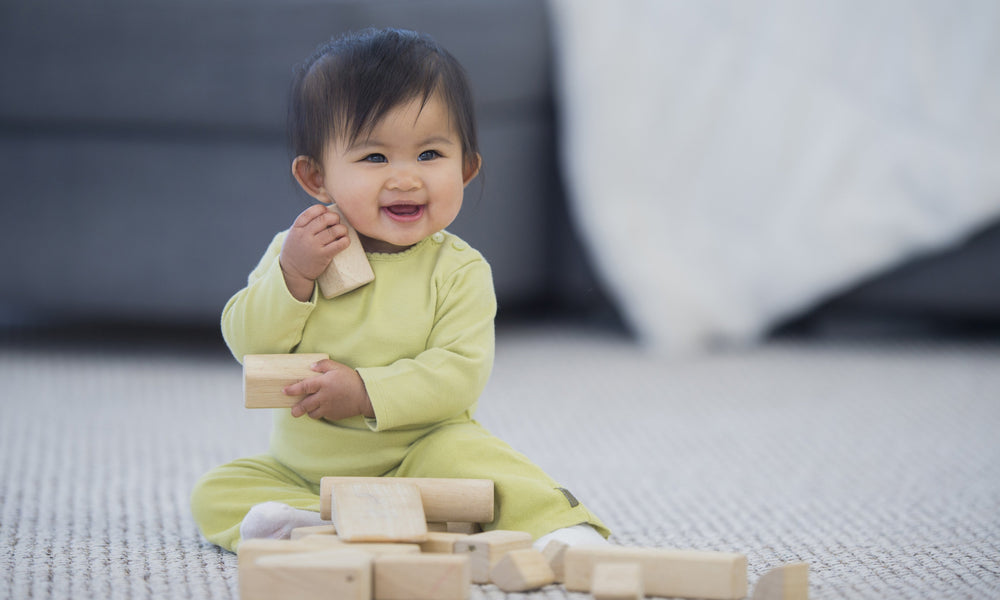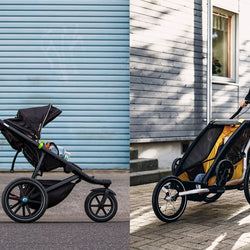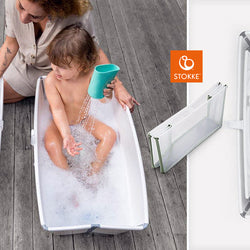Independent Play Time: How to Get Started

by Annie Wiesman
Jul 07, 2018
Teaching your child to play on their own for an extended length of time takes training just like anything else.
As you know, babies can have varying temperaments. Some may be easy going and won’t mind being left alone in a swing or on the floor, while others may be quick to panic when mom walks out of the room.
But even the clingiest babies can learn that independent play time is good for them.
Starting a quiet independent play time is ideal when baby is around five months old. At that age, she is generally able to hold her head up and manipulate a toy on her own, but is not yet mobile. While that is the optimal time, children of all ages can be taught to play quietly on their own.
Follow these general guidelines to help create a routine that works for your family and, if necessary, adjust them to suit your child.
Article Continues Below Advertisement
Establish a routine – when and how to introduce independent play into your day
* Before you give baby an opportunity for independent play time, make sure she is rested, fed and her tank is full of mommy time. Start with just 5 or 10 minutes of alone time and then gradually extend the time.
* Schedule it for the same time each day. A perfect time is after the morning nap and feeding; you can play and snuggle for a little while then set baby on a blanket with a favorite toy. Try for having solo play time two times a day, once in the morning and once in the afternoon.
* Be close by at first. Place a blanket on the floor just out of sight near where you are folding laundry or doing the dishes. Make sure you can see baby easily, but she cannot see you.
* Don’t overwhelm baby with too many toys. Stick to just a few developmentally appropriate toys.
Article Continues Below Advertisement
SHOP: Developmental Toys
* If baby cries, go over and gently soothe and re-introduce the toy. Shake the rattle and tell baby in a calming voice that this is her time to play and explore while mommy folds the laundry. Reassure her that you will be close by and be back in a few minutes to check on her. If that doesn’t work after a few attempts, try again at the same time the next day.
* Gradually build up time by 5 or 10 minutes every few days. When you keep it to short increments at first, you reassure baby that the alone time is brief and you are able to build trust by returning to her regularly.
* Have realistic expectations about what independent play time will look like. Some days will last longer than others. Pay attention to what your child needs and respond accordingly. Keeping certain toys set aside for quiet time will increase interest and engagement for longer periods of time.
Article Continues Below Advertisement
Creating space in your day to provide a stable and safe environment for your child to explore his ever-expanding world is a benefit to all in your family. You are given a predictable time each day to complete your own household tasks and your children are given undistracted time for creativity and development.
Annie Wiesman
Annie Wiesman is the co-author of “Education Begins at Birth: A Parent’s Guide to Preparing Infants, Toddlers, and Preschoolers for Kindergarten.” She is a former kindergarten teacher turned stay-at-home mom who enjoys traveling, hiking in the mountains, and creating memories together with her husband and little girl.






